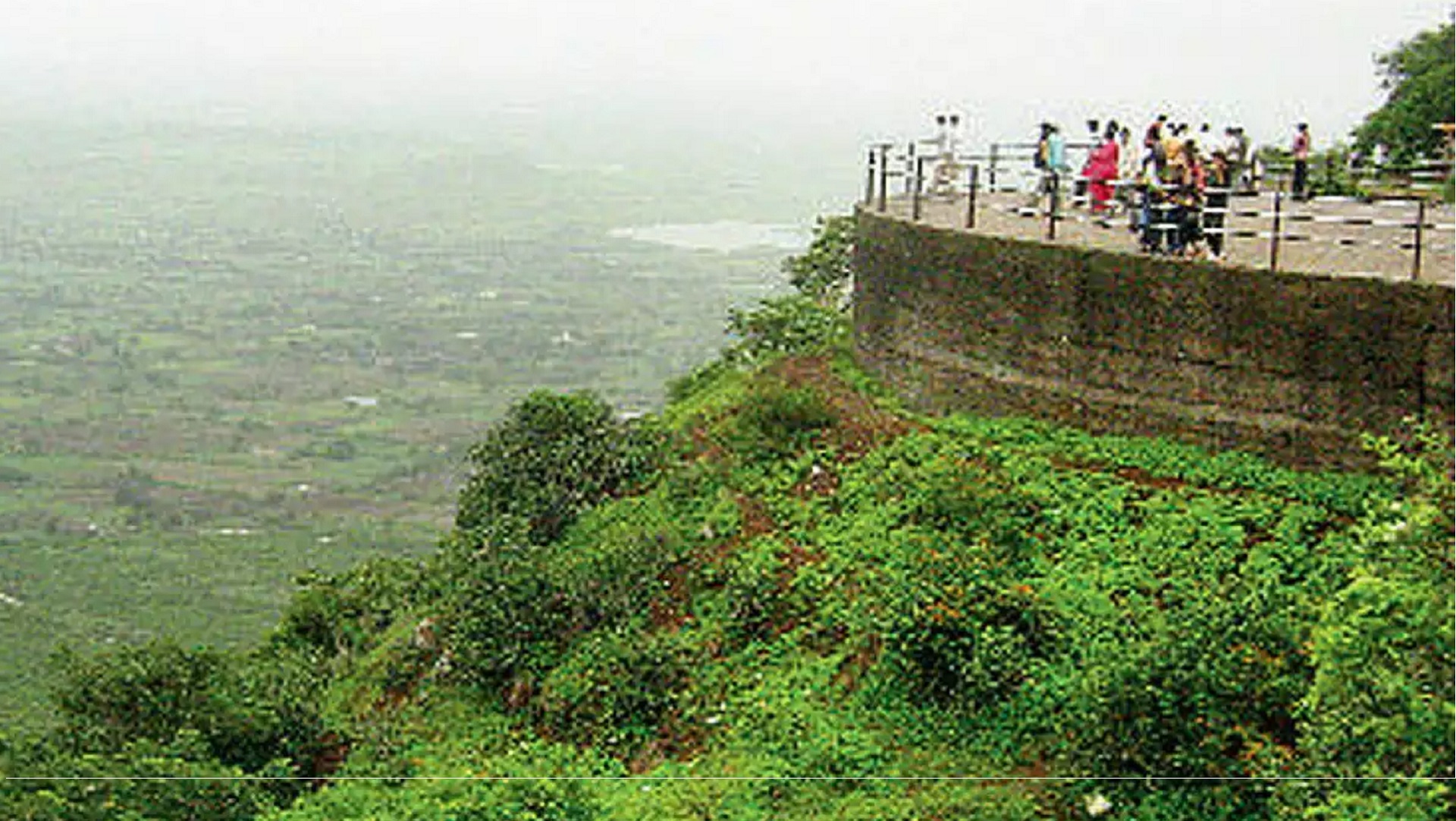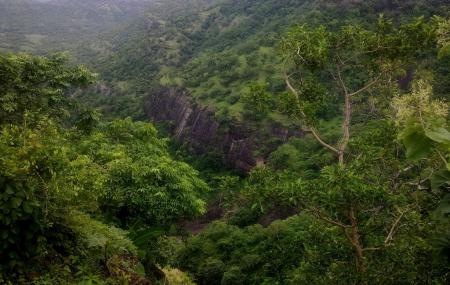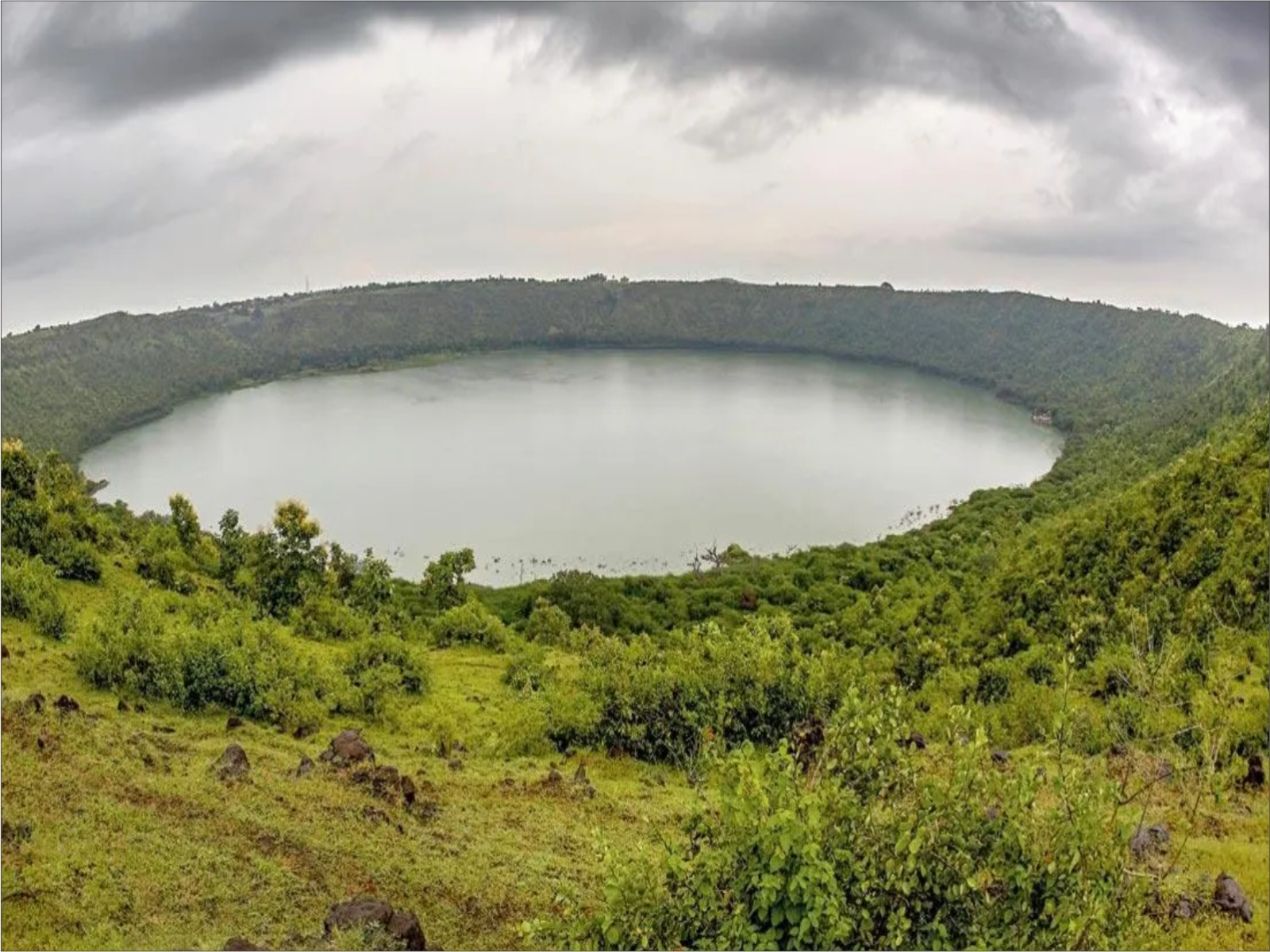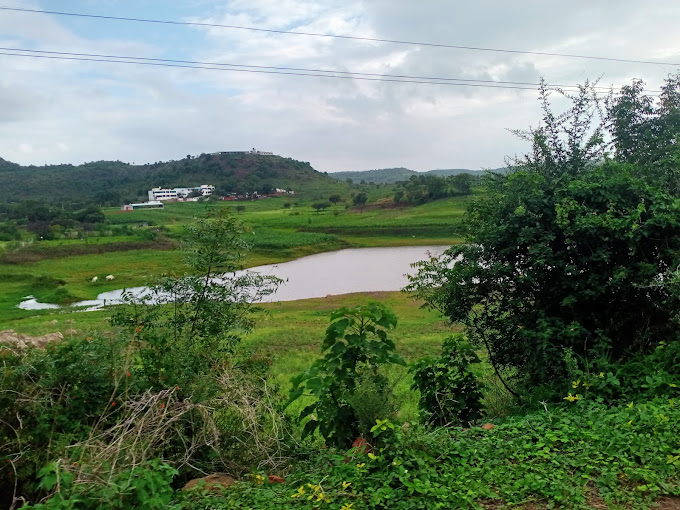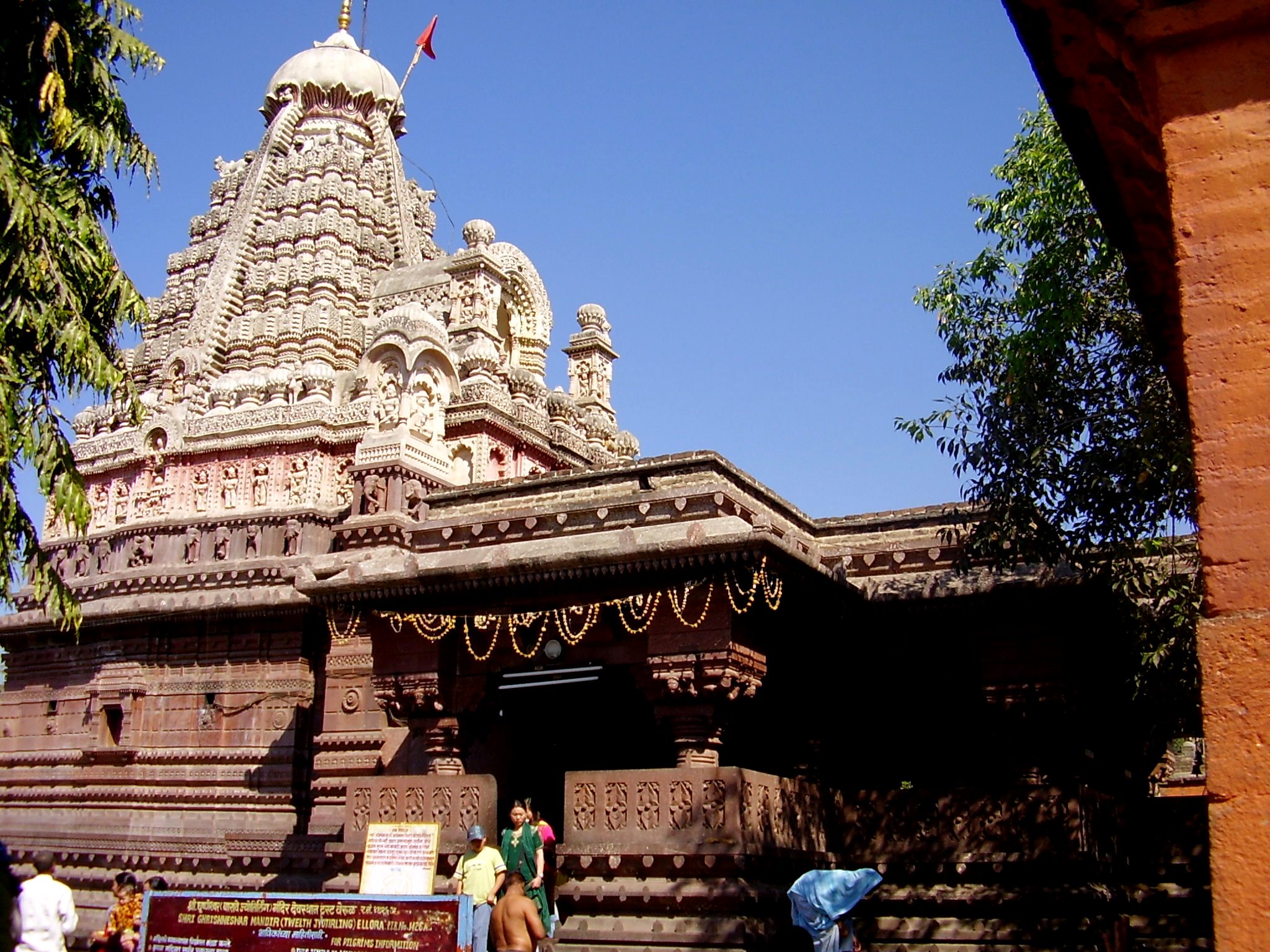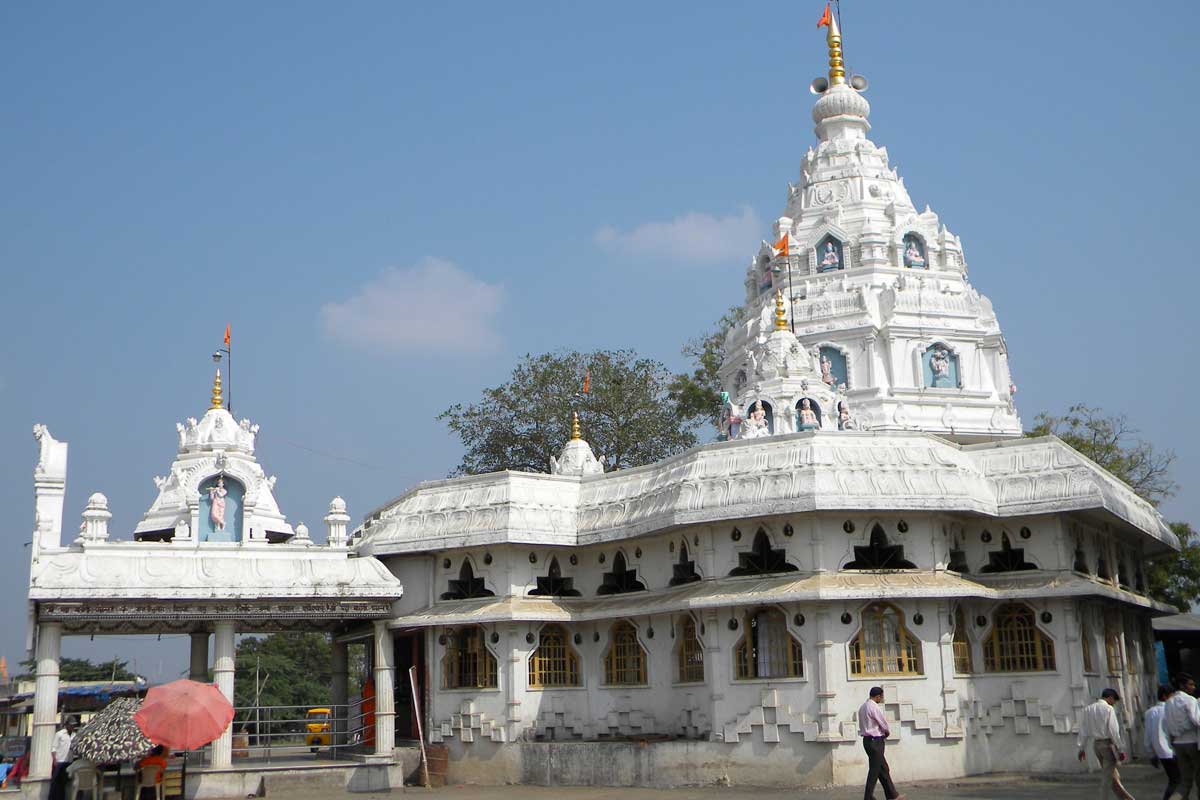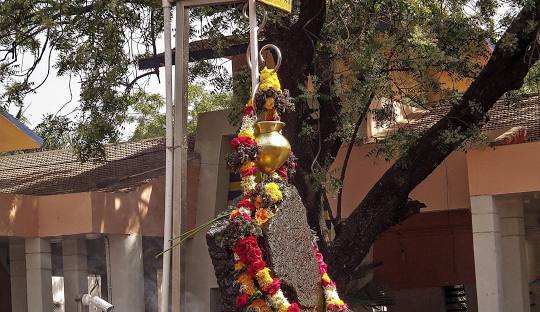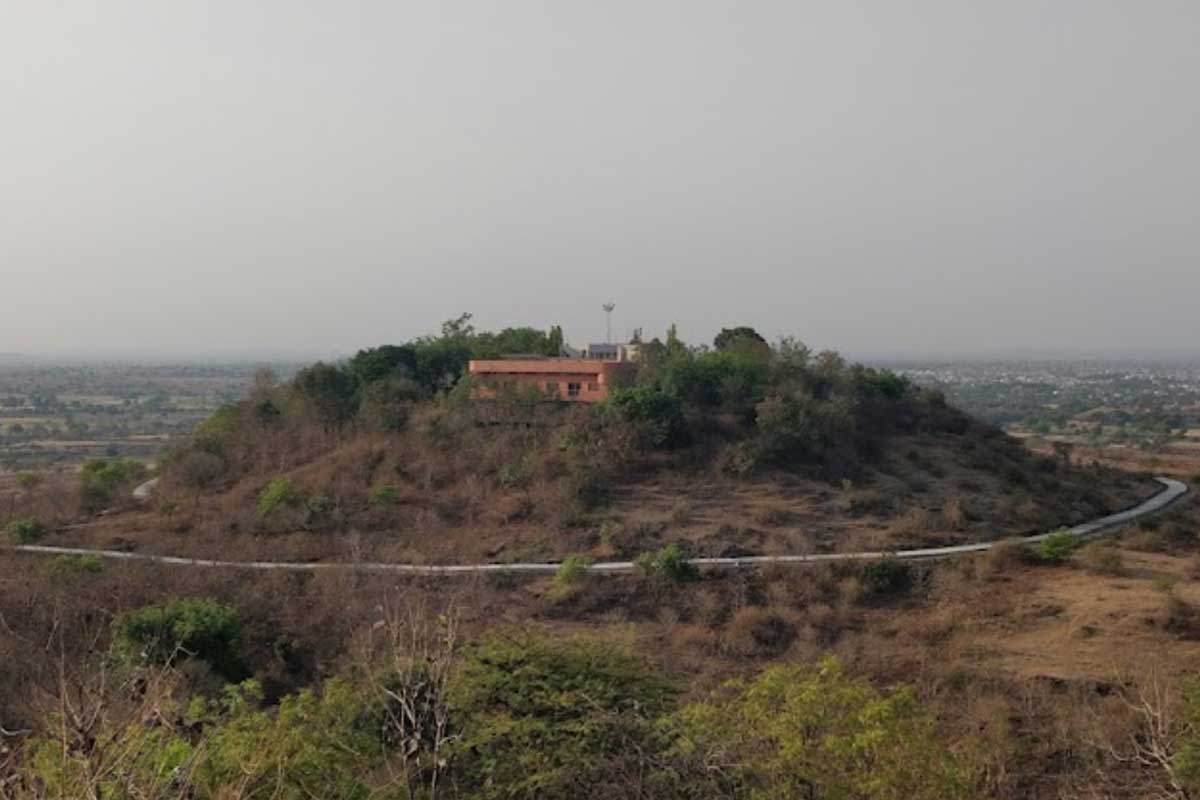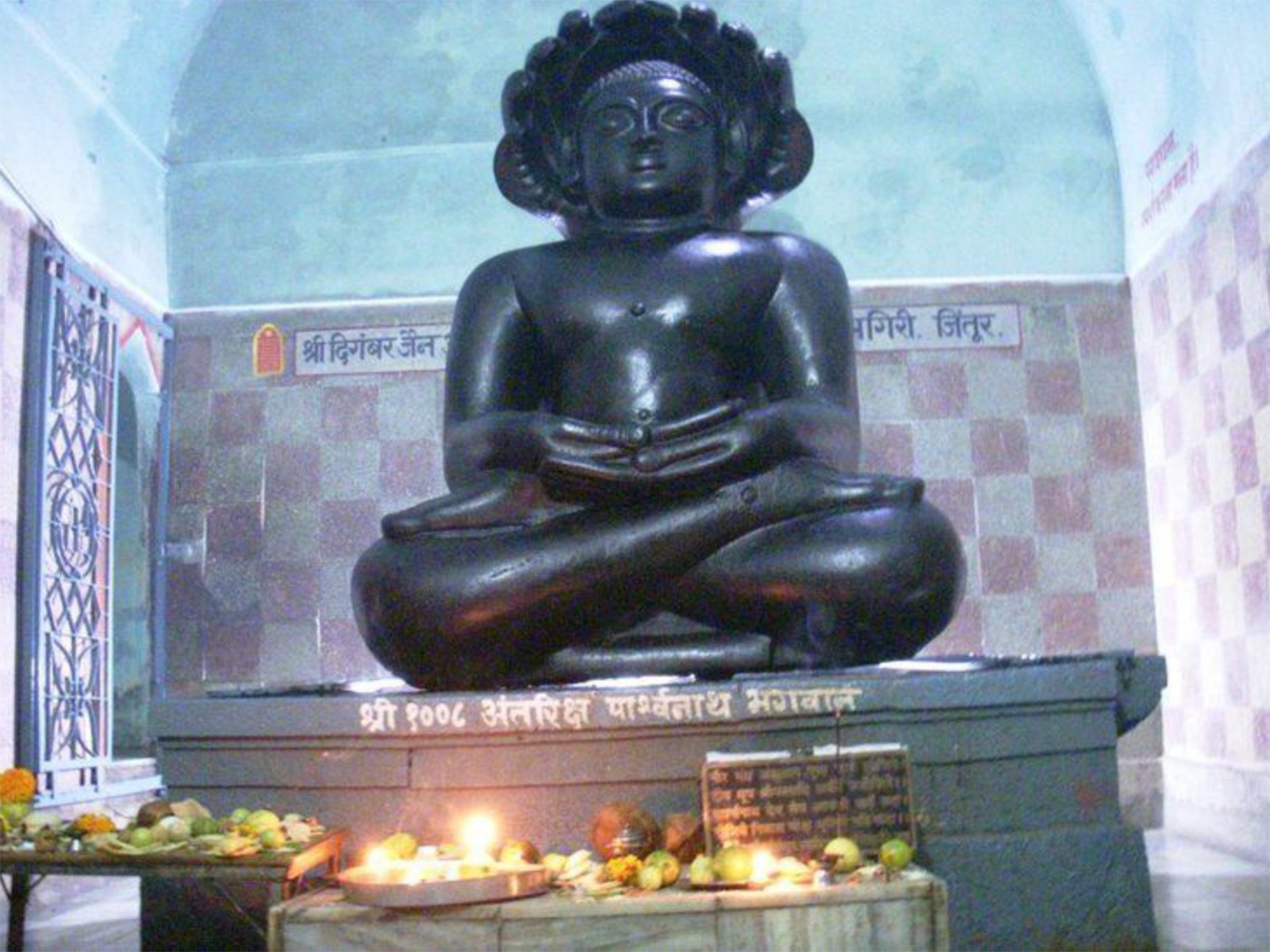Ajanta
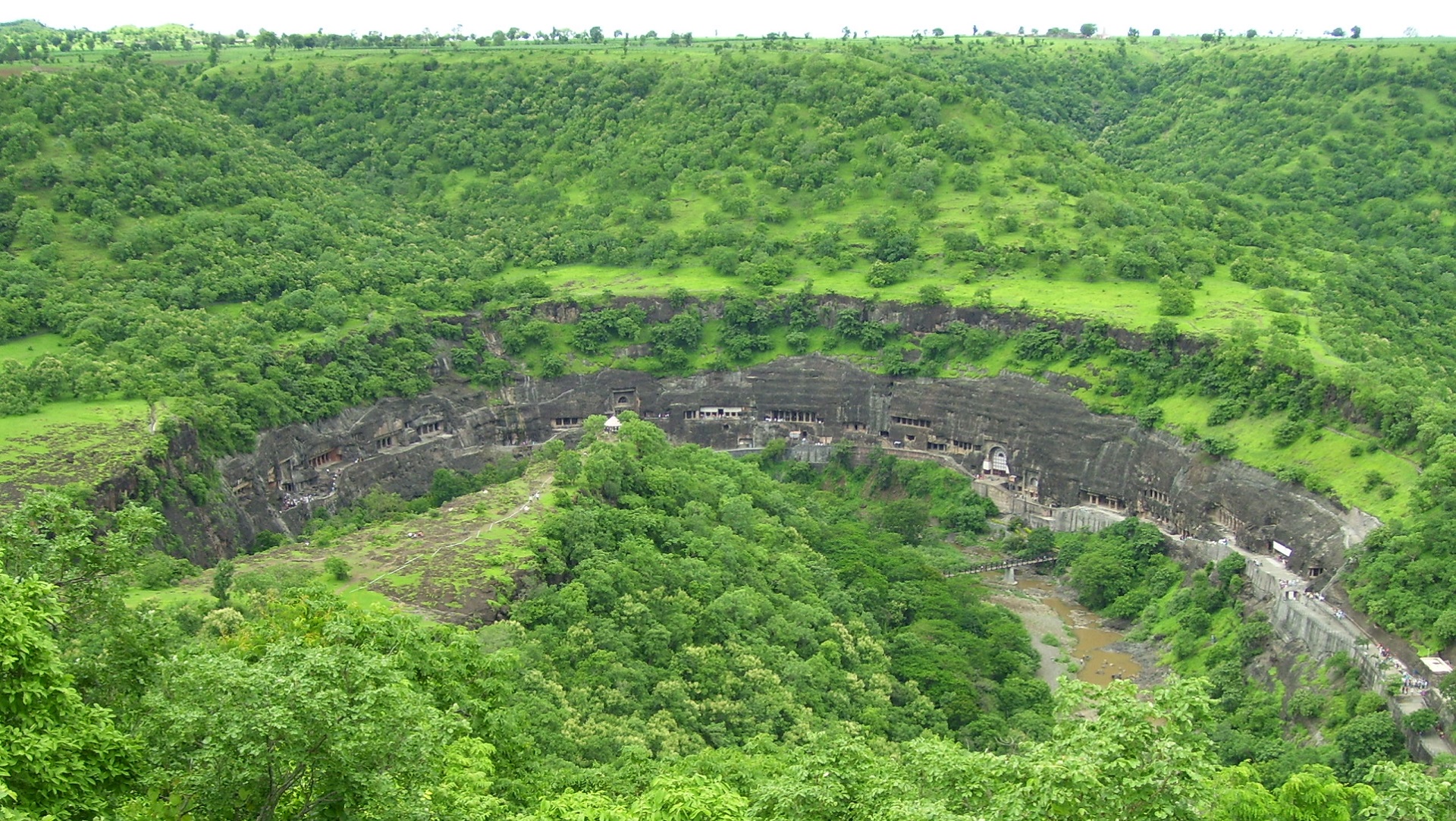
The Ajanta Caves are 29 rock-cut Buddhist cave monuments dating from the second century BCE to about 480 CE in the Aurangabad district of Maharashtra state in India.[1][2][3] Ajanta Caves are a UNESCO World Heritage Site.[2] Universally regarded as masterpieces of Buddhist religious art, the caves include paintings and rock-cut sculptures described as among the finest surviving examples of ancient Indian art, particularly expressive paintings that present emotions through gesture, pose and form
The caves were built in two phases, the first starting around the second century BCE and the second occurring from 400 to 650 CE, according to older accounts, or in a brief period of 460–480 CE according to later scholarship. Read More.....
Ellora
Ellora Caves are a multi-religious rock-cut cave complex with inscriptions dating from the period 6th century CE onwards, located in the Aurangabad District of Maharashtra, India.[1] They are also called verul caves.
There are over 100 caves at the site, all excavated from the basalt cliffs in the Charanandri Hills, 34 of which are open to public.
These consist of 17 Hindu (caves 13–29), 12 Buddhist (caves 1–12) and 5 Jain (caves 30–34) caves. Each group represents deities and mythologies prevalent in the 1st millennium CE, as well as monasteries of each respective religion. Read More.....
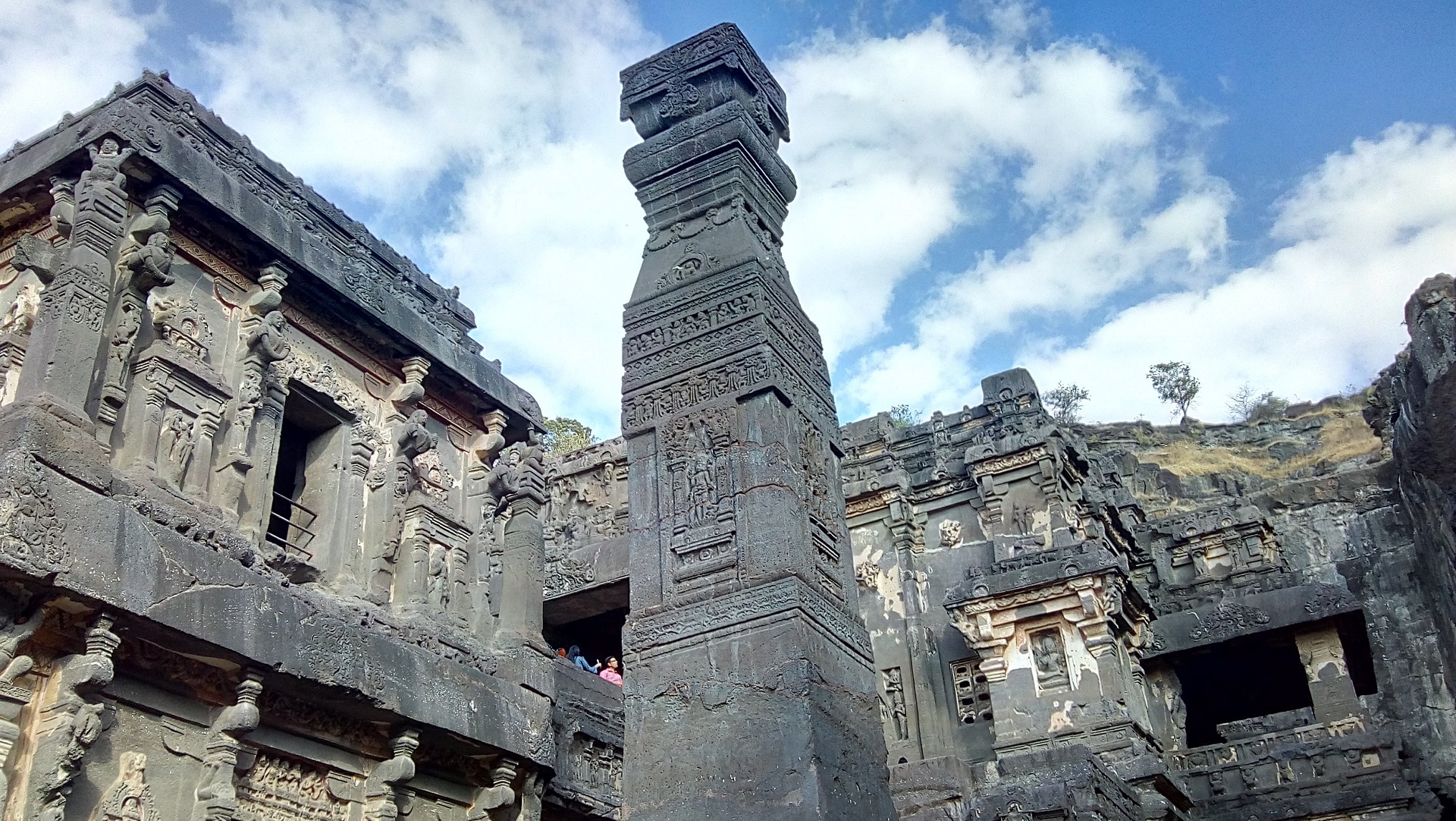
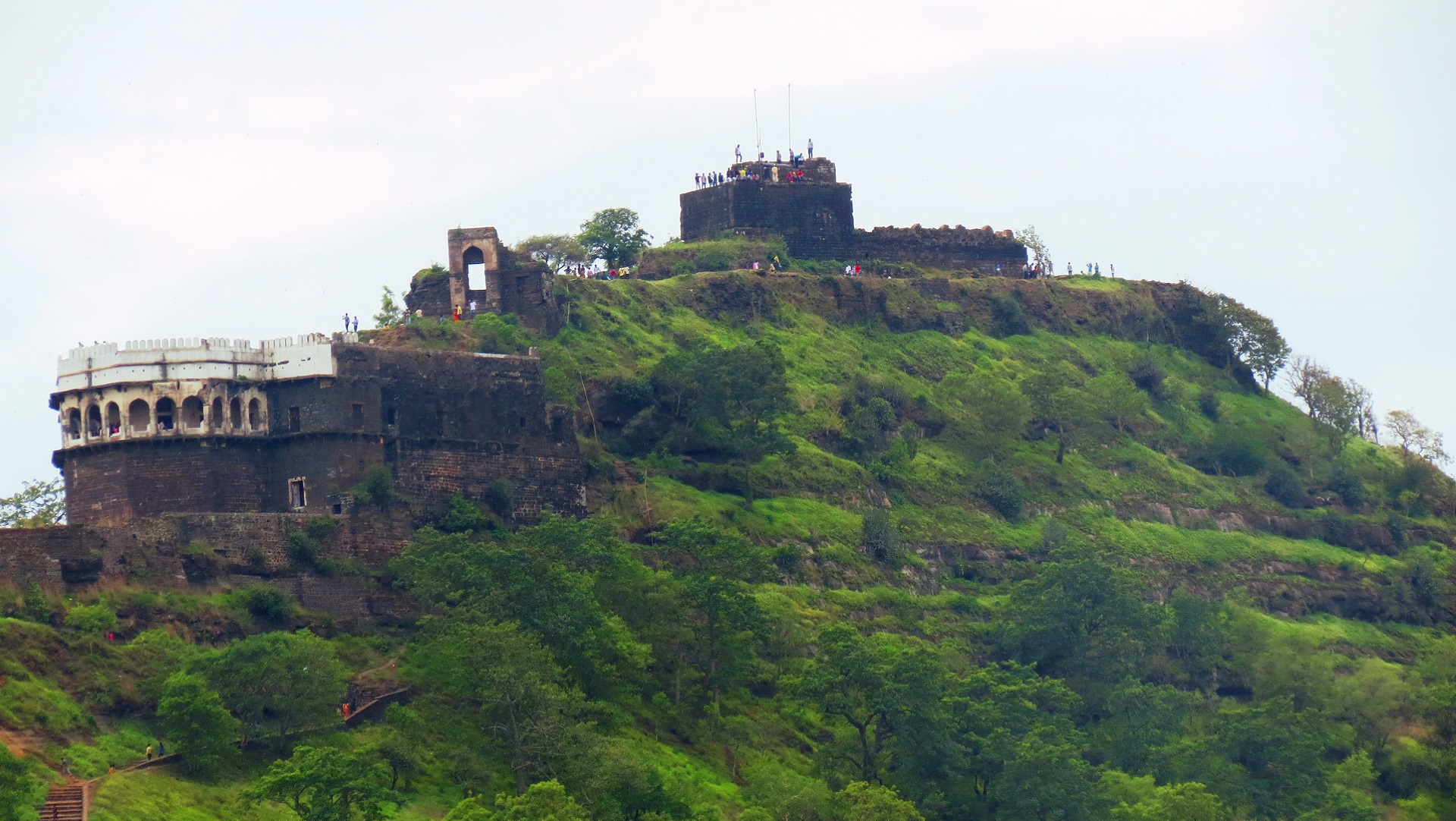

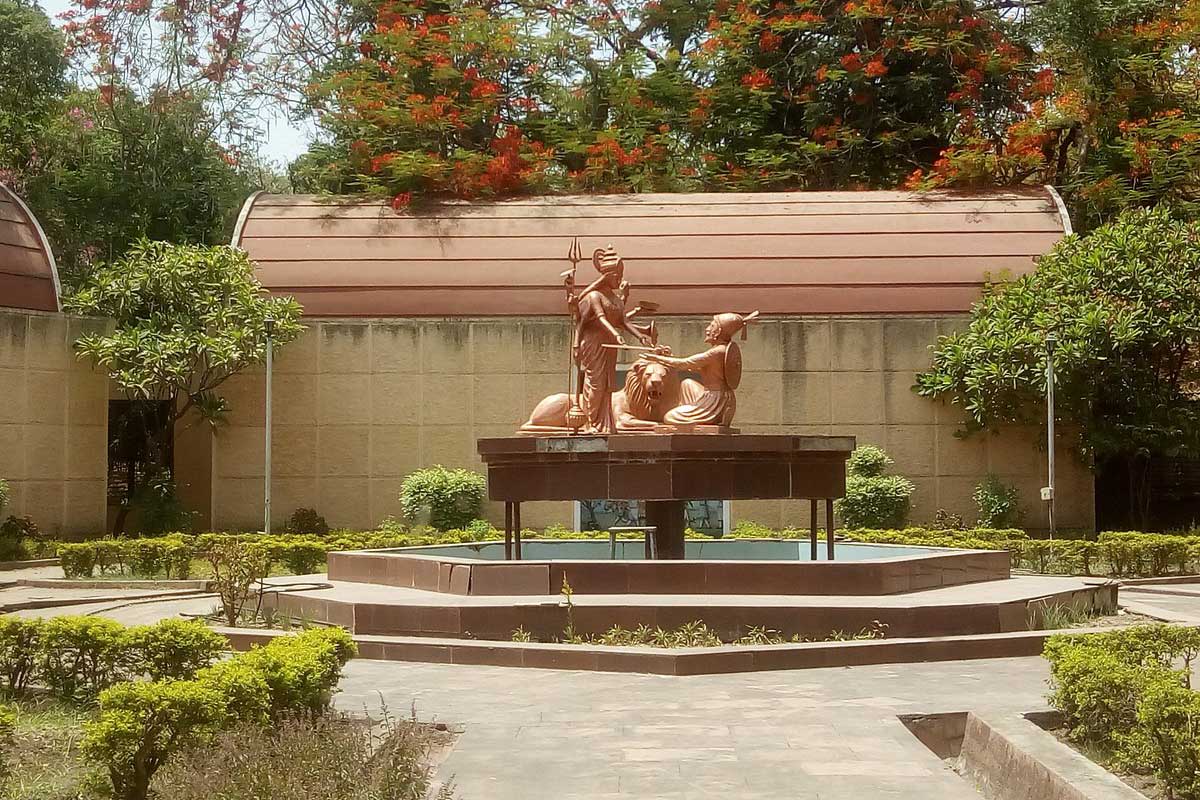

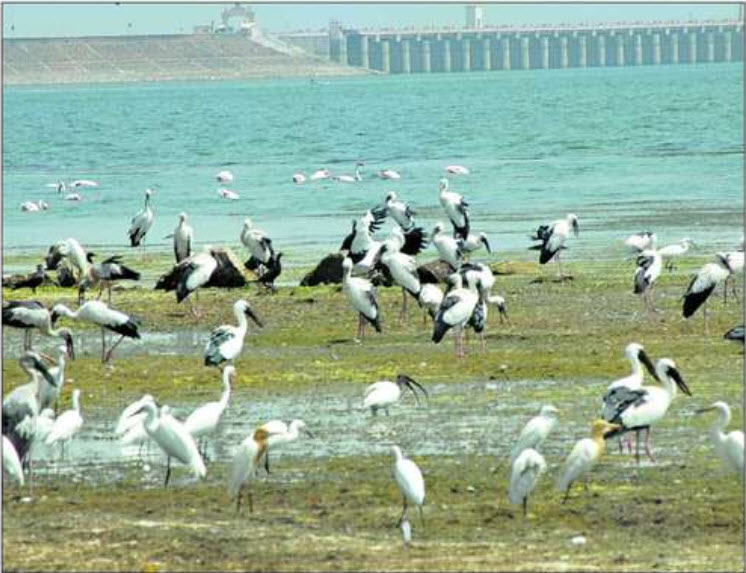

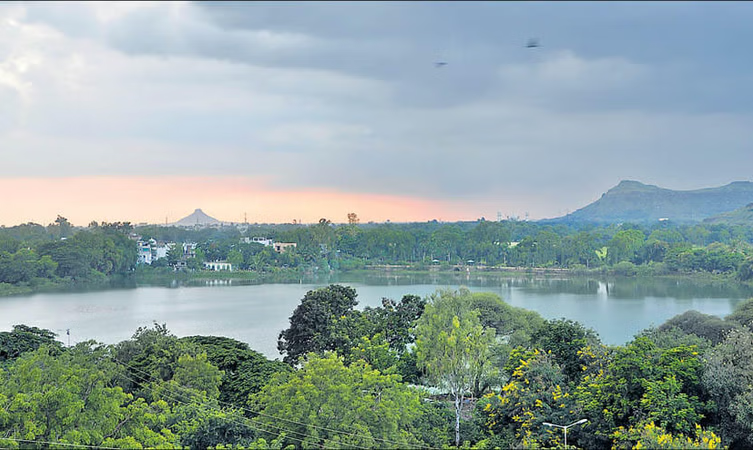

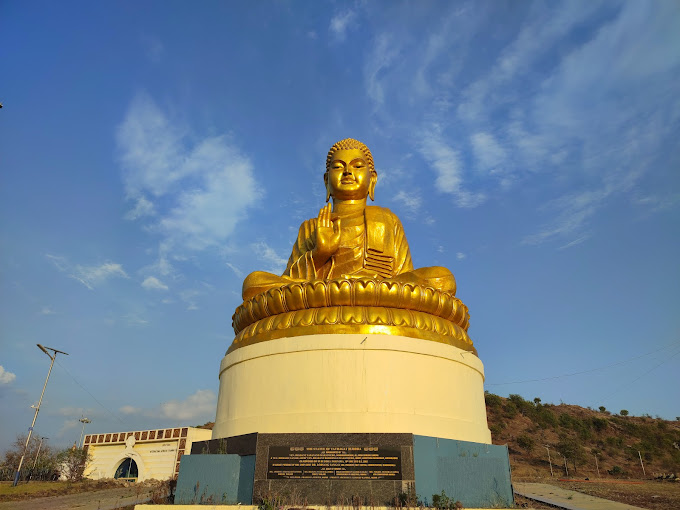
.jpg)
